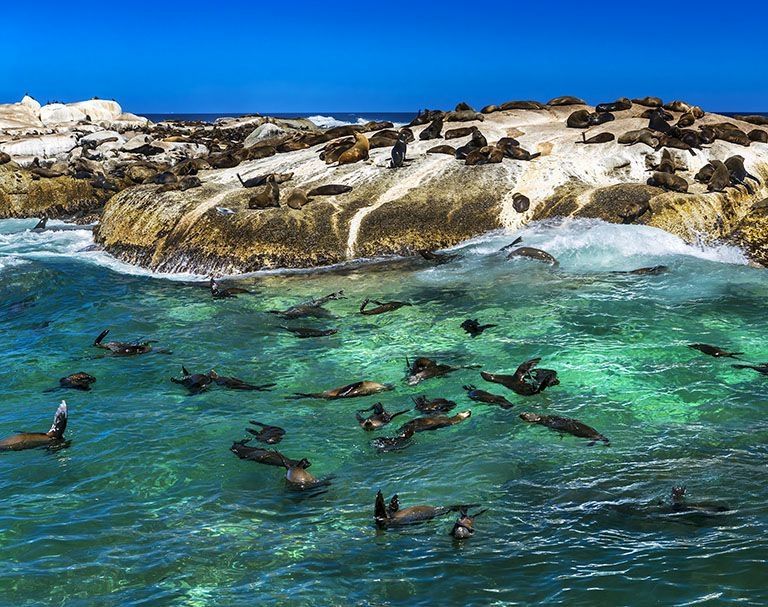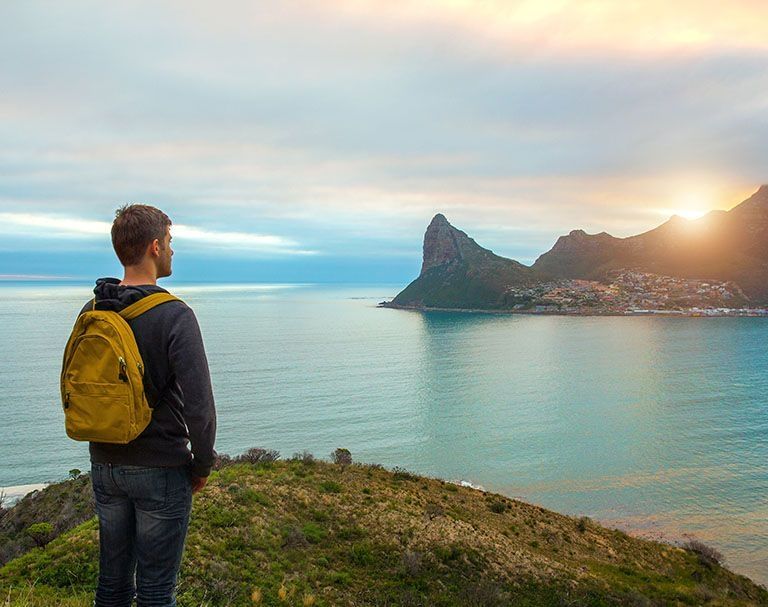South Peninsula Biome - Cape Town Study Tour
Multi-day tours, designed to complement your academics and enhance your cultural immersion, are included in all of CIEE’s Open Campus Block programs!
SPRING BLOCK I - SOUTH PENINSULA BIOME
The South Peninsula Biome is a rich, diverse, geographical environment with a variety of indigenous flora and fauna unique to this region. Accompanying this plethora of natural phenomena are equally complicated socio-political dynamics. The small fishing community of Hangberg in Hout Bay in the Western Cape is a microcosm of this dynamic ecosphere, both topographically and socio-politically.
Under apartheid, the Group Areas Act of 1950 declared Hout Bay a “white only” neighbourhood. This meant that the Khoisan, the indigenous residents of Hout Bay, who were deemed by the apartheid system to be “non-white” or “coloured,” were relocated to Hangberg, a mountainside close to the harbour. They were used as cheap labour for the fishing industry monopolised by white settlers. Many of the residents of Hangberg identify as descendants of the Khoisan, who were known for their intimate and reciprocal relationship with nature. This community continues to fight for the recognition of their humanity, fishing rights, equal opportunities for sustainable livelihoods and better living conditions 25 years after the official end of apartheid. Although many residents of Hangberg are proud to identify as “coloured” — a term bestowed upon them under apartheid — they do not take any pride in still being burdened by the social, economic and political inequalities that accompany their identity.
The coloured identity in the Western Cape continues to be synonymous with the stereotypes associated with gangsterism and drugs. Through various non-governmental outreach and social justice initiatives, the residents of Hangberg are determined to combat these stereotypes that over the years have contributed to how they are regarded by the police and justice system. The residents of Hangberg bear the burden of being stuck in the middle — neither white enough” nor “black enough” yet still occupying identities that are a subject of immense contestation in South Africa. Hangberg residents are determined to escape the haunting spirit of apartheid. Many yearn for the full recognition of their Khoisan identity, as people who are one with nature.
FREE TIME SUGGESTIONS
Listen to live music and comedy at Pakalolo, visit the World of Birds Wildlife Sanctuary, or check out the Hout Bay Gallery.
Related Posts
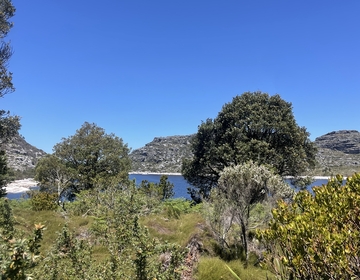
Skeleton Gorge: A Beautiful, Grueling Adventure in Cape Town
By: Jeanne d'Arc Koffi Hiking Skeleton Gorge in Cape Town was an experience I’ll never forget. The guidebooks warned it would be challenging, but as someone with hiking experience, I... keep reading
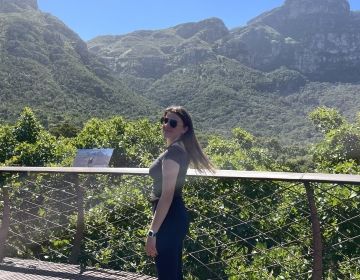
Packing to Live in Multiple Countries
Going abroad with CIEE Open Campus gave me an amazing opportunity to be based in not only two different countries, but in two different continents. However, being in two totally... keep reading
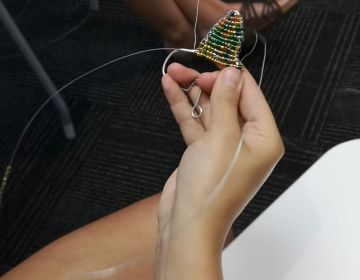
Beading classes at the Global Institute
Weaving some color into it ... Last week our Open Campus Block students had the opportunity to learn from and work alongside a local master artisan by way of an... keep reading

